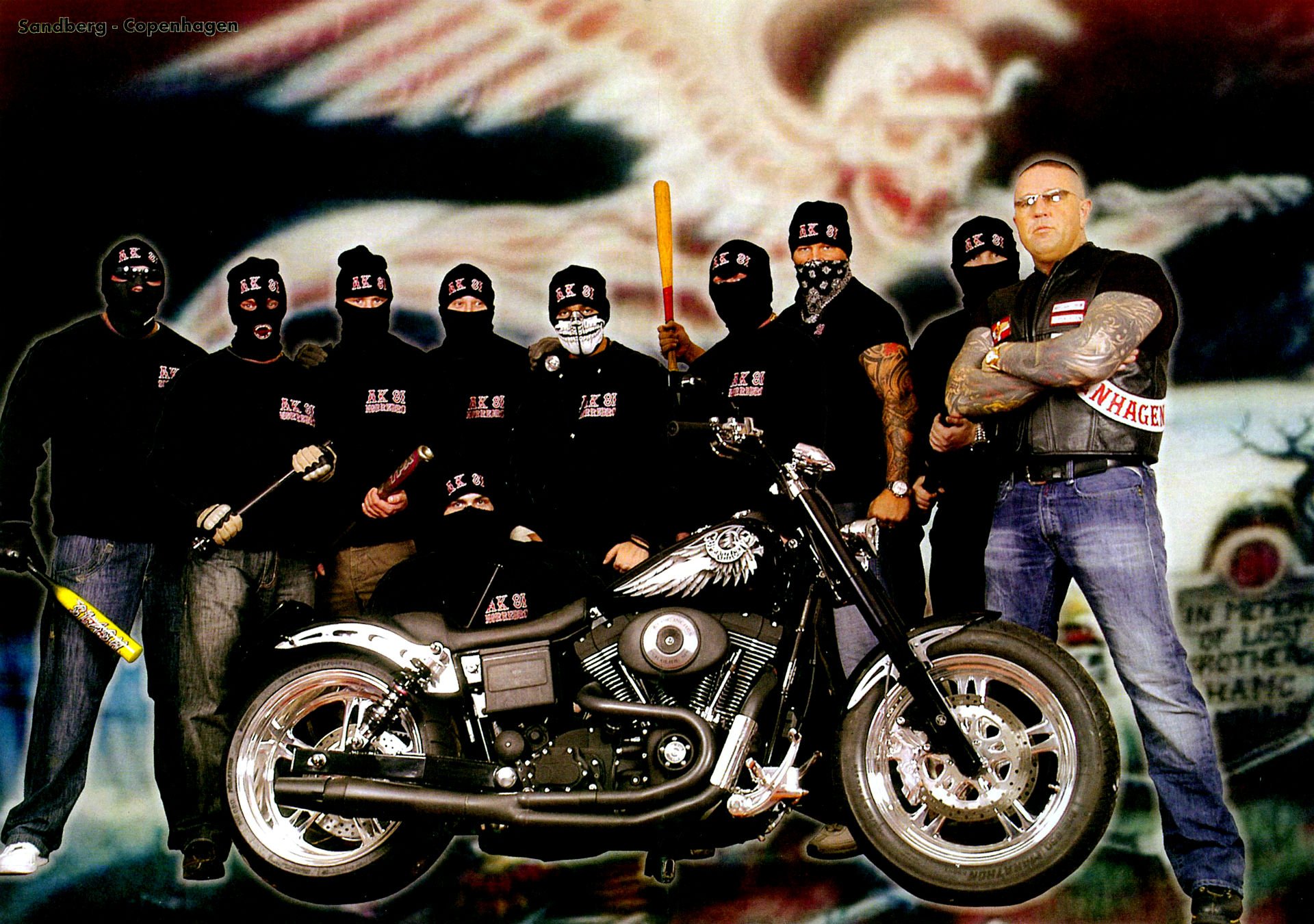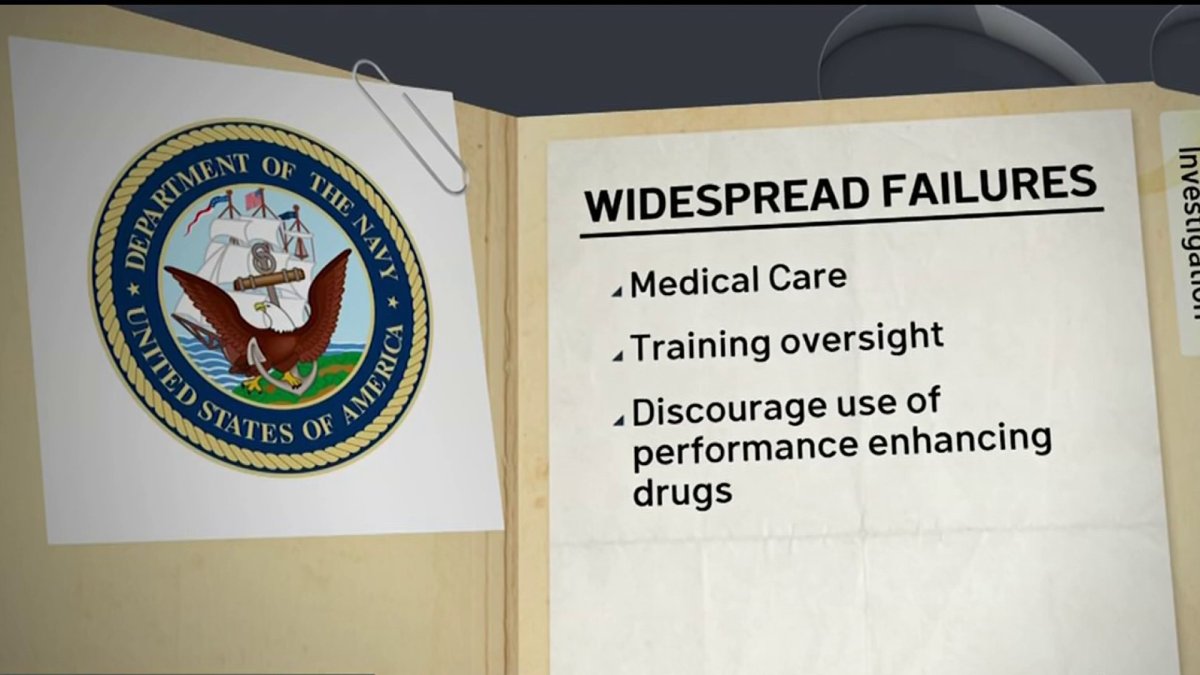Hells Angels: Unmasking The Motorcycle Gang

Table of Contents
A History of the Hells Angels: From Post-War Rebels to Global Criminal Network
The Hells Angels' story begins in post-World War II California. Initially, the club was more about motorcycle camaraderie and a rebellion against societal norms, a common theme among many early biker groups. However, over time, this relatively loose association evolved into a far more structured and sophisticated criminal organization. This transformation was gradual, influenced by a number of factors, including internal power struggles and the allure of lucrative criminal activities.
- Foundation in California post-World War II: The original Hells Angels chapter was formed in 1948, drawing members from various backgrounds united by their love of motorcycles and a defiant spirit.
- Early days focused on motorcycle culture and camaraderie: Early activities involved motorcycle rallies, races, and a strong emphasis on brotherhood and shared experiences. This "1%" biker culture, rejecting mainstream society, helped solidify their identity.
- Evolution into a more organized and criminal enterprise: As the club grew, internal hierarchies solidified, and criminal activities became increasingly prevalent, facilitating their expansion and wealth accumulation.
- Expansion into a global network of chapters: The Hells Angels expanded beyond California, establishing chapters across the United States and eventually internationally, forming a powerful, interconnected network.
- Key historical figures and their influence: Certain individuals played pivotal roles in shaping the club's trajectory, some leading the club to greater organization and criminal activity. Studying their actions provides insight into the club's evolution.
The Structure and Hierarchy of the Hells Angels: Understanding the Organization
The Hells Angels boast a rigid, hierarchical structure. This organizational model is key to their effectiveness as a criminal enterprise. Understanding their structure is crucial to understanding their operations and reach. At the top sits the President, followed by various officers like the Vice President and Sergeant-at-Arms, each with specific responsibilities within the chapter.
- The "1%" biker culture and its significance: This self-proclaimed label, adopted in response to the American Motorcycle Association's claim that 99% of bikers were law-abiding citizens, solidified their rebellious image and helped create a sense of unity and exclusivity.
- Strict rules and codes of conduct within the club: Members are expected to adhere to a strict code of conduct, enforcing loyalty, secrecy, and unquestioning obedience to the leadership. Violation often results in severe consequences.
- The role of patches and colors in signifying membership and status: The iconic Hells Angels "death head" patch is more than just an emblem; it signifies membership and status within the organization, immediately identifying members to each other and to law enforcement.
- Methods of recruitment and initiation: Recruitment is highly selective and involves a rigorous process, ensuring loyalty and commitment from new members. Initiation rites are often shrouded in secrecy.
Criminal Activities of the Hells Angels: Drugs, Violence, and Beyond
The Hells Angels' involvement in criminal activities is extensive and well-documented. Their operations generate substantial profits, fueling their expansion and reinforcing their power.
- Drug trafficking (methamphetamine, cocaine, etc.): Drug trafficking is a significant source of income for many Hells Angels chapters, with involvement in the production, distribution, and sale of various narcotics.
- Arms trafficking: The illegal trade of firearms provides weapons for their criminal enterprises and generates substantial profits.
- Extortion and racketeering: The Hells Angels use intimidation and violence to extort money from businesses and individuals, often operating under the guise of "protection."
- Violence and murders linked to the Hells Angels: Violence is an inherent part of their operations, used to maintain control, settle disputes, and eliminate rivals. Numerous murders have been linked to the Hells Angels over the years.
- Money laundering and financial crimes: The vast sums of money generated through their criminal activities necessitate sophisticated money laundering schemes to conceal the origins of their wealth.
Law Enforcement and the Fight Against the Hells Angels: Strategies and Challenges
Combating the Hells Angels presents significant challenges for law enforcement agencies worldwide. Their intricate structure, strong bonds of loyalty, and willingness to use violence make investigations complex and dangerous.
- Infiltration tactics used by law enforcement: Undercover operations and informants are vital tools in gathering intelligence and building cases against Hells Angels members.
- Legal challenges in prosecuting OMG members: Prosecuting Hells Angels members often involves overcoming legal obstacles, such as proving criminal intent and dealing with witness intimidation.
- International cooperation in combating transnational criminal activity: The Hells Angels' global reach necessitates international cooperation between law enforcement agencies to effectively combat their activities.
- Public awareness campaigns aimed at preventing recruitment: Educating the public about the dangers of joining outlaw motorcycle gangs can help deter potential recruits and reduce their influence.
Conclusion
This article has explored the multifaceted nature of the Hells Angels Motorcycle Club, tracing their history from a post-war motorcycle group to a globally organized criminal network. We've examined their intricate structure, the range of criminal activities they engage in, and the ongoing challenges faced by law enforcement in combating their influence. Understanding the Hells Angels—their history, organization, and criminal activities—is crucial to effectively addressing the threat they pose.
Call to Action: Want to learn more about outlaw motorcycle gangs and the complexities of organized crime? Continue researching the Hells Angels and other similar groups to gain a deeper understanding of this often misunderstood subculture. Further investigation into the Hells Angels and related topics will help inform and educate the public about this dangerous organization.

Featured Posts
-
 Opulence And Oversight Scrutinizing Presidential Seals 100 000 Watches And Exclusive Gatherings
May 25, 2025
Opulence And Oversight Scrutinizing Presidential Seals 100 000 Watches And Exclusive Gatherings
May 25, 2025 -
 Sarah Vine And The Whats App Debacle Lessons In Online Communication
May 25, 2025
Sarah Vine And The Whats App Debacle Lessons In Online Communication
May 25, 2025 -
 Florentino Perezs Real Madrid A Prime Era
May 25, 2025
Florentino Perezs Real Madrid A Prime Era
May 25, 2025 -
 Rekordnoe Kolichestvo Svadeb Na Kharkovschine 89 Par Vybrali Krasivuyu Datu
May 25, 2025
Rekordnoe Kolichestvo Svadeb Na Kharkovschine 89 Par Vybrali Krasivuyu Datu
May 25, 2025 -
 Naomi Campbell Met Gala Ban Feud With Anna Wintour
May 25, 2025
Naomi Campbell Met Gala Ban Feud With Anna Wintour
May 25, 2025
